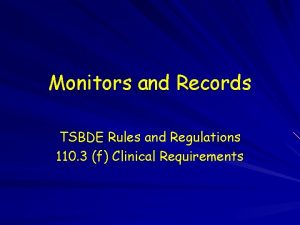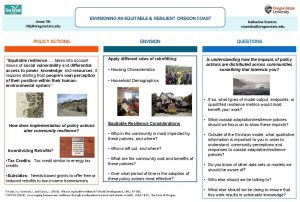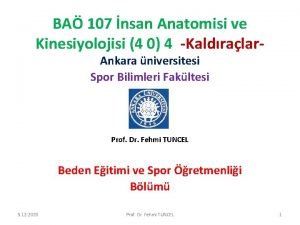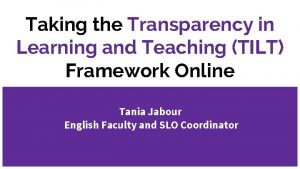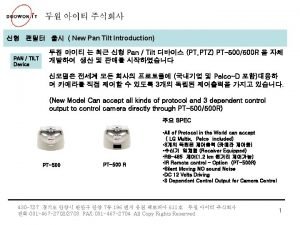Taking the Transparency in Learning and Teaching TILT








- Slides: 8

Taking the Transparency in Learning and Teaching (TILT) Framework Online Tania Jabour English Faculty and SLO Coordinator

“Transparent Teaching Methods help students understand how and why they are learning course content in particular ways. ” (tilthighered. com)

Transparent Teaching in Action (according to TILT) ● Discuss assignment learning goals and design rationale before students begin each assignment ● Invite students to participate in class planning and agenda construction ● Gauge understanding via questions that require students to apply concepts you’ve taught ● Explicitly connect data regarding “how people learn”* with course activities, esp. when students struggle at difficult transition points ● Engage students in applying your grading criteria to models/examples ● Debrief graded tests and assignments in class ● Offer running metacognitive commentary on class discussions

Transparent Teaching is a Potentially Powerful Equity Practice Evidence-Based Findings Transparent practices increased the following skills among students: ● Academic confidence ● Sense of belonging ● Skills most valued by employers* Gains were higher in student groups the study labeled as “underserved: ” they identify these students as first generation, low socioeconomic status, and “multiracial. ”

How I’ve implemented Transparent Methods (randomly, piecemeal, in F 2 F classes) ● ● ● ● ● Student voice and choice (syllabus, themes, assignments, Principles of Community) Transparent assignment prompts with purpose, task and criteria outlined Low-stakes learning tasks and group activities to practice discrete skills Clearly defined skill progression from more basic to more complex Peer review activities with detailed prompts to apply the grading criteria to each other’s work Annotated samples of student work in different grade ranges Opportunities to revise and resubmit after feedback Metacognitive reflection on students’ own learning Reflection activities after units to give instructor feedback No-stakes discussions about real world problems in the discipline

How could this work in online or remote contexts?

Transparent Module Template for Canvas THE BASICS MODULE Intro/Welcome video “Liquid Syllabus” (Kim Lennox’s model!) Class schedule on a live document Updated student resource list Extra Credit Info Writing Center links and info Temporary Link: Welcome/About Me discussion board Permanent Link: Ongoing/Open topic discussion board

Transparent Module Template, continued ASSIGNMENT MODULE TEMPLATE Instructional Materials (cont’d) Getting Started Scaffolding (outlines, etc) Annotated samples of student work Intro video for each assignment Step-by-step instructions for module Prompt plus rubric in transparent format Content Articles, texts, etc. Instructional Materials Lesson (PPT with voice) Handouts Links to resources (Youtube, OWL Purdue) Assignments* Reading Quiz Discussion/Padlet Peer Review Activity Draft for Instructional Feedback FINAL DRAFT *usually 1 -2 formative assessments and 1 summative assessment per assignment

